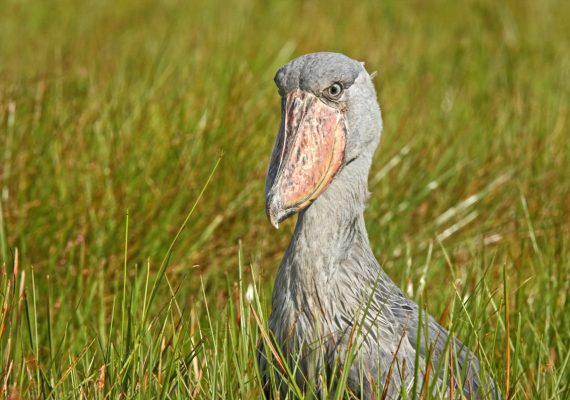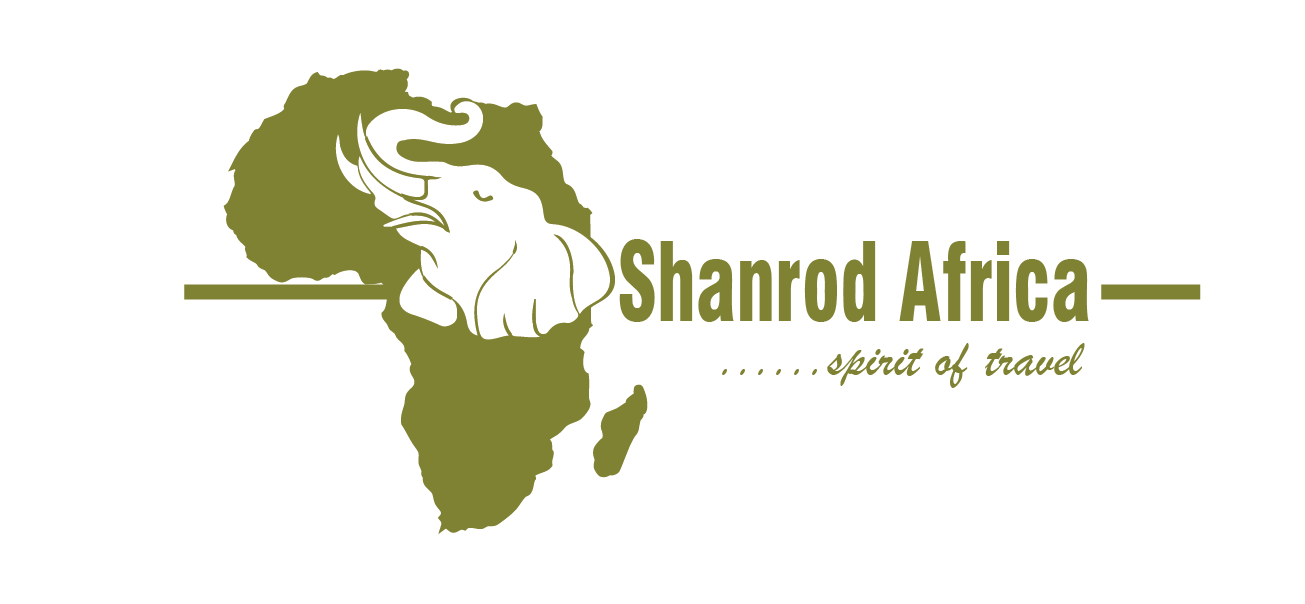Lutoboka Point is found on the eastern side of Lugala island, the largest (at 200 km²) of the 84 islands in the Ssese island archipelago. Lutoboka point extends into Lutoboka Channel in Lake Victoria at the edge of Lutoboka Forest Reserve, a medium-altitude moist evergreen forest dominated by species of Piptadeniastrum and Uapaca. The most important area for breeding birds is the narrow strip of tall trees at the edge of the forest which is mainly within the Forest Reserve, but with small excursions into Kalangala town, the biggest urban centre on the islands. The edge of the Forest Reserve is covered by grassland, extending up towards the town.
There are two small areas that were identified as important for breeding Phalacrocorax carbo: 5,000 pairs (nests) were counted in trees at Lutoboka and 500 recorded on the Banga rocks at the southern tip of the island. It is estimated that the non-breeding population on the islands is much larger than the breeding population. Other notable species, such as Ploceus weynsi and Ploceus castanops (a species of the Lake Victoria Basin biome), also occur.
Lugala island has probably been isolated from the mainland for at least 12,000 years, during which time a rodent species, Pelomys isseli, has evolved on Ssese and Kome islands. Another mammal, Tragelaphus spekei, is said to have an endemic race on the islands. Other endemic species include three butterflies: Acraea simulata, Thermoniphas togara bugalla and Acraea epaea. The Ssese islands contain over 12% of Uganda’s known tree and shrub species. Lasianthus sesseensis, a tree endemic to Uganda, is known from Ssese islands, and eight species that were not recorded in any other forest in the country.
Popular Birding Safaris



